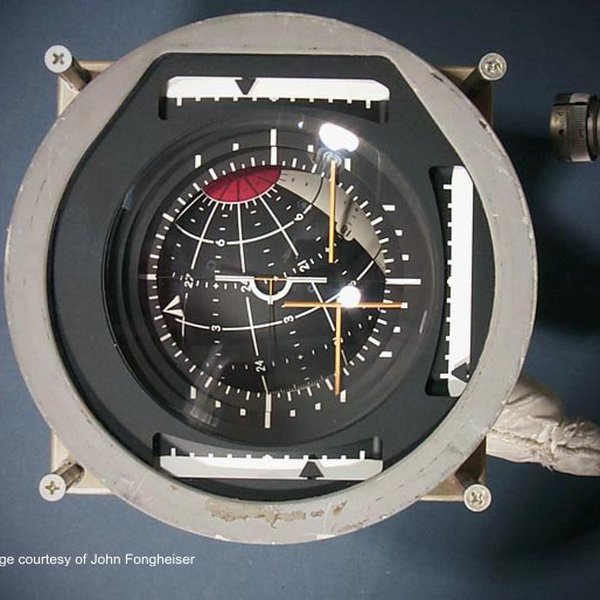
Personally, I think that something like the real world HUD below would be ideal as a working UI that is in the same style as what we have seen in the past:Įverything is easy to read at a glance, highly legible, and uses high-contrast text and colours (even in this photo, which reduced some of the contrast). I actually don't think the SpaceX navball is a perfect fit for players who will be flying their crafts manually, so having more numbers like the current KSP2 concept and KSP1 is better than having fewer numbers and markings like the older concept below (and maybe like SpaceX too): You can see that SpaceX uses a smooth gradient shadow to indicate the 3D-ness of the navball, without any dithering or pixelation to be seen anywhere They highlighted these SpaceX UIs which look exactly as modern as you'd expect a flight control interface to be in the 2020s: A bit strange for a society operating advanced jets and (eventually) interstellar technology that is decades or centuries ahead of 2022 humanity. Instead, we landed in the late 90's." I think the dithering and font choice for UI elements is a big part of this, since it causes what would otherwise be a very modern interface to look rather busy, hard to read, and outdated. Aziz said in a post "the pixely font and icons just don't work for a civilization that is about to hit interstellar space. This is perhaps the most subjective opinion, but it's one that I share. Given the increased emphasis on tutorials and animations to educate players, I'm sure that learning normal/anti-normal and radial/anti-radial symbols will be simple enough. We can also see that some of the orbital orientation markers were changed between builds (no more normal or radial indicators), which is hopefully something that is changed back to KSP1 symbology since the old symbols will be easier to read when placed on the navball. The markers shown in the image are different from the KSP1-style normal and radial indicators, but that is most likely because they switch to a KSP1 style in orbit mode. Nate said that this has already become more legible in a newer build, which is great. I partly agree with this comment, because some views look quite readable for precision orientation (kind of like the KSP1 navball, see first image below), whereas others are definitely hard to read with a combination of dithering at the edges, pixelated numbers, and low contrast secondary numbers (see 2nd image):
This one was mentioned by who pointed out that " the amount of lines and markers on the navball makes it hard to really distinguish specific pitch angles, and the text on the rest of the UI fades into the information surrounding it". If not, then sticking with equal size boxes as shown is fine. Visualizing the relative depth of the different atmospheric layers as shown in a previous concept would be very cool, particularly if this could change for different celestial bodies. Alternatively, KSP1's atmosphere indicator did a great job of indicating that you were in space since the last region of the indicator had no colouring at all: It would be nice as well if there was an indicator LED or symbol w/ text to say "You are in space now! No need to worry about drag!" like poopslayer mentioned in their comment, since the topmost box of this UI suggests that there is still some atmosphere with the pale blue dots. The first one is poopslayer's nice AI edited one, and the others are my attempts in Photopea: I agree (is altitude measured from the center of the rocket? the window? the bottom of the nozzle?), and I think the following concepts are better since they tell you exactly where you are in the atmosphere. The devs are already working to improve this, which is sweet. This one was brought up by who commented that "the rocket is very tall compared to each atmosphere layer indicator, which makes it ambiguous where layer you're in." You can see the current implementation below: I thought this thread would be good to summarize some of the comments from the announcement thread and share my own thoughts, including the good parts of the new design! Overall, it's great that Intercept is looking to real-world systems for design inspiration, but I feel like certain elements of their current UI are a bit lacking in terms of readability and usability (and in fact, could be improved by leaning even harder into modern real-world flight UIs).


At this point most of us have probably seen the Early Access trailer - including the part where Simpson showed off the new UI and talked about the tape indicator concept.


 0 kommentar(er)
0 kommentar(er)
